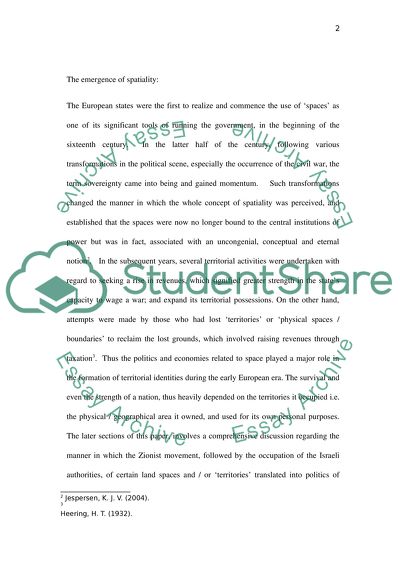Cite this document
(“Defining the environment in terms of spatiality of the Apartheid Essay”, n.d.)
Retrieved from https://studentshare.org/environmental-studies/1417169-defining-the-environment-in-terms-of-spatiality-of
Retrieved from https://studentshare.org/environmental-studies/1417169-defining-the-environment-in-terms-of-spatiality-of
(Defining the Environment in Terms of Spatiality of the Apartheid Essay)
https://studentshare.org/environmental-studies/1417169-defining-the-environment-in-terms-of-spatiality-of.
https://studentshare.org/environmental-studies/1417169-defining-the-environment-in-terms-of-spatiality-of.
“Defining the Environment in Terms of Spatiality of the Apartheid Essay”, n.d. https://studentshare.org/environmental-studies/1417169-defining-the-environment-in-terms-of-spatiality-of.


